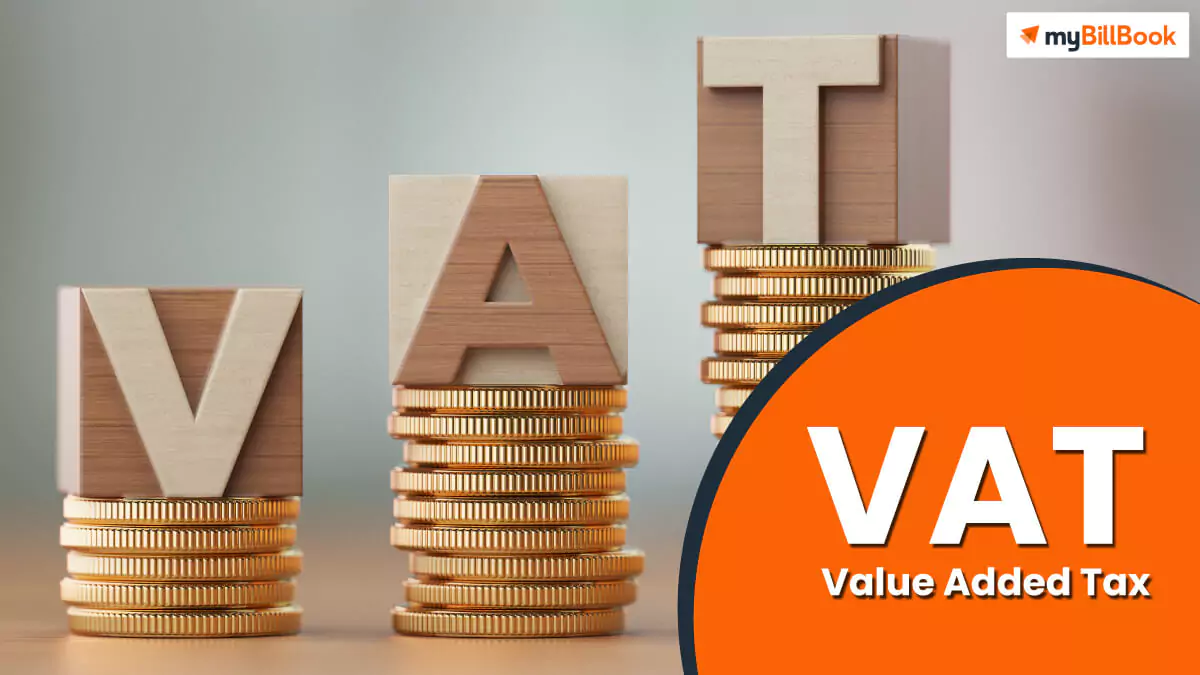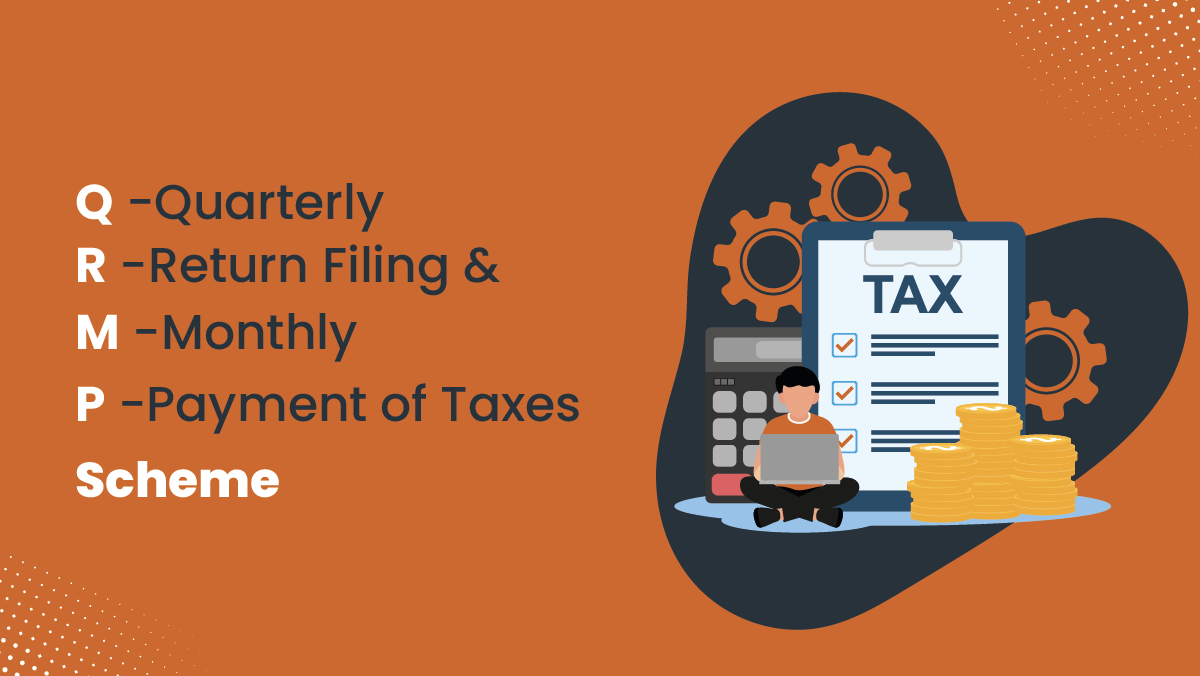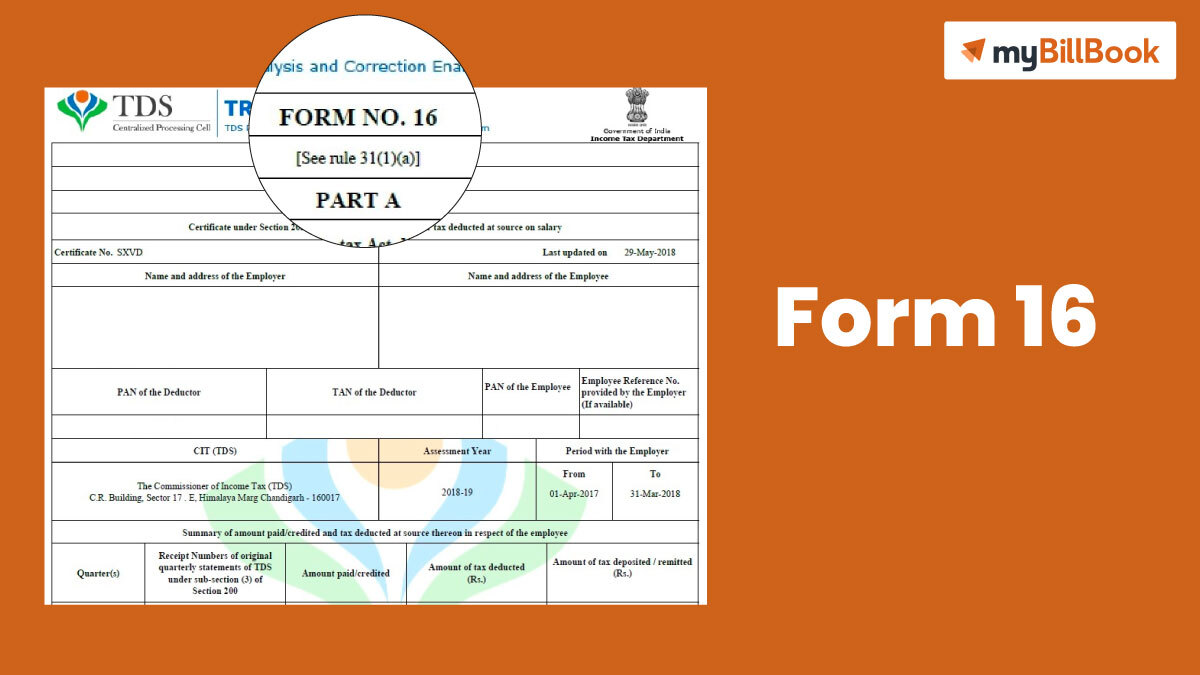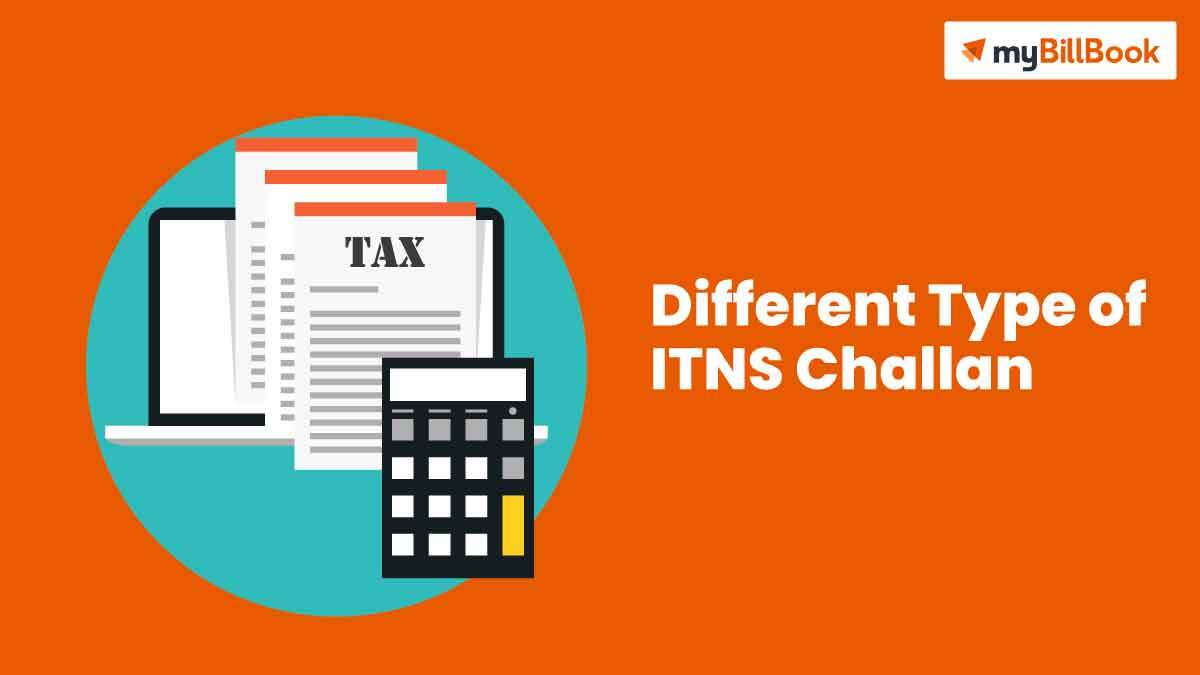What Is VAT?
VAT full form is the Value Added Tax. It is an indirect tax that the national government levies on products and services to customers. The providers of services and products charge VAT, but it is ultimately levied on the customers who pay for it.
The Value Added Tax (VAT) was implemented in India on April 1, 2005. This is a type of consumption tax levied on items and services at various stages of production and sale. This is a multi-step mechanism for collecting tax on value-added at several stages of the sale, including a provision for set-off of tax paid at the stage of purchase. Thus, VAT meaning is a tax that must be paid at each step of the Purchase and Sale process.
From the buyer’s perspective, VAT is the levy on the purchase price; however, when viewed from the seller’s perspective, VAT is the levy on the value added to a product, components, or facility received from the supplier. The manufacturer pays the distinction between the two sums to the government and keeps the remainder to balance the taxes paid on the inputs earlier.
The producer/manufacturer pays this indirect tax to the government and then passes it on to the customer. The final payer of VAT is the consumer. The value added to a product can be estimated by subtracting the sales price from the supply costs and any taxable elements.
How to Calculate VAT Payment:
Taxation is the procedure by which a government imposes a tax on various commodities, services, and transactions. Thus, taxation is one of the essential charges that the government possesses, both at the state and national levels.
To compute the VAT due at each stage, deduct the VAT payment from the VAT due at the latest stage. Thus, it avoids double taxation and guarantees that customers are refunded for any VAT they have already paid at each stage.
When your business expands, you must register for VAT. This means that you will be able to claim back the VAT you have paid on business purchases while also charging VAT on your sales to your customers.
If you are not in a flat-rate plan, while calculating VAT returns, you will compare the amount you spent on purchases with the amount you received on sales.
Before we begin computing VAT, it is essential to understand what VAT is. If you receive a positive figure, you must pay that amount. If the result is a negative figure, you will receive a refund for that amount. Here’s how the equation works:
VAT = The Output Tax – The Input Tax
The output tax is a percentage of the selling price that the seller receives when his finished product is sold. When a buyer purchases raw materials used in the production of his final goods or services, he pays input tax, which is a percentage of the cost price. You can use the formula to calculate your VAT payments and transfer funds to a different bank account.
VAT is calculated in primarily two ways:
- Firstly, tax is imposed separately for purchase and sale. Thus, the VAT is calculated as the difference between the tax paid at the time of purchase and the tax payable at the time of sale as specified on the invoice.
- The second technique collects and charges tax on the total tax due on sales and purchases, using the applicable rate to the products. So the VAT meaning is the differential between the sale and purchase price. This indicates VAT is the tax eventually imposed on customers and collected at every level.
Benefits of Value Added Tax:
(1) Tax evasion is less likely to occur when compared to other types of taxation. Because of the catch-up effect, the value added tax (VAT) helps to reduce tax evasion. VAT’s catch-up effect reduces avoidance.
(2) Unlike other indirect taxes, VAT is easy to administer.
(3) It is transparent and imposes the smallest possible burden on customers because it is collected in small amounts at different production and distribution phases.
(4) A VAT is calculated based on value-added rather than the total price. So, VAT does not affect the price. Moreover, since VAT is levied in small payments, the burden is reduced for customers.
(5) A large number of taxpayers are actively involved. Since VAT is a consumption tax, the income generated will remain constant.
(6) As a neutral tax, VAT can be levied on all businesses.
Online VAT Registration Process:
VAT registration is required for all enterprises that are engaged exclusively in the production of goods or services. Registration implies declaring the company as a VAT-returning corporation to the government.
The VAT registration Act mandates that all businesses register for VAT payments. In addition, VAT registrations can now be accessed digitally, which is time-saving and straightforward for business owners.
The following are the fundamental steps involved in VAT registration:
- You must fill out the VAT application fully with the appropriate information and provide it with all the needed documentation to the local VAT authority.
- The VAT administration will perform a thorough assessment of the premises after receiving the documentation and application. This will be completed within three days of receipt of the form.
- A deposit fee must be paid to the VAT administration after approval.
- After payment, a TIN is assigned, and a VAT certificate is provided within one day.
Online Registration Procedure
- Enter the VAT website’s official login page and select the “Registration” tab.
- Complete all required fields and include scanned copies of essential documents.
- A provisional VAT registration number may be provided to the corporation.
- Following an assessment of your application and supporting documentation, your business will be granted a unique VAT registration number.
VAT vs. Sales Tax
| VAT | Sales Tax |
| 1. VAT is payable by both the manufacturer and the customer. | 1. Sales tax is completely levied on the customer. |
| 2. VAT calculation is complicated due to the multiple layers of purchasing and selling transactions. | 2. Sales tax calculation is simplified. |
| 3. VAT is imposed on different production phases. | 3. Sales tax is set on the final purchase price. |
| 4. VAT is capable of successfully avoiding evasion. | 4. Sales tax is easier to manipulate |
| 5. The VAT model raises the cost of manufacturing for businesses, resulting in a more significant burden on consumers. | 5. Sales tax is easily administered. |
| 6. This is collected from each wholesale transaction. So VAT benefits the government more. | 6. Sales tax contains the total amount of tax collected at the point of sale. |
FAQs about VAT
Q1. How long does it take to receive an international VAT number?
Ans. Once the authority gets all of the documentation, it may take 3-10 weeks to register for the VAT number, depending upon the country. Therefore, it’s advisable to plan and return the documentation promptly to submit the registration to the tax office.
Q2. How do I determine which VAT rates to use?
Ans. Standard, reduced, and zero VAT rates differ per nation. The EU Commission has published a general pricing table. If you are still unsure about the VAT rate that applies to your goods or services, please contact the appropriate authority to assist you immediately.
Q3. How frequently will I be required to file a VAT return?
Ans. This is determined by the country in which you are registered. Certain countries require VAT returns every month, while others require them quarterly or even bi-monthly.
Section 80TTA Of Income Tax Act
Section 44AD Of Income Tax Act
Section 194A Of Income Tax Act
New Income Tax Portal
Income Tax
Corporate Tax
New Income Tax Rules Effective from 1st April 2022
Things Businesses Need to do Before the Financial Year End 2021-22
Last Dates/ Due Dates For GST and Income Tax Returns – March 2022
e-Invoicing Mandatory for Businesses with Turnover Above INR 20 Crore







